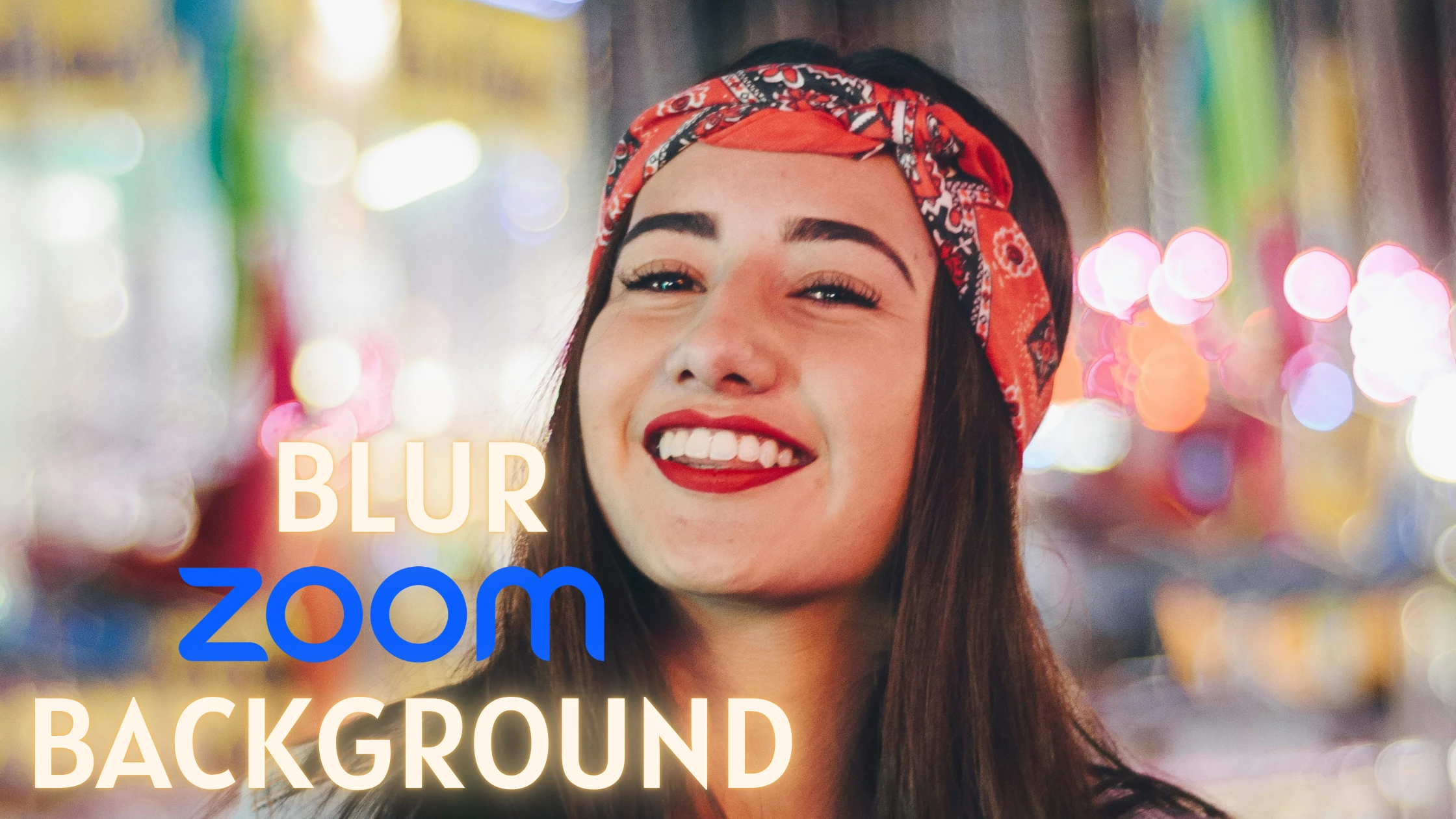Zoom se ha convertido en una herramienta esencial para el trabajo remoto, el aprendizaje en línea y para mantenerse conectado con amigos y familiares. Una de sus funciones más útiles es la capacidad de difuminar tu fondo, lo que puede ayudarte a mantener una apariencia profesional, proteger tu privacidad y reducir las distracciones. En esta guía, te guiaremos a través de todo lo que necesitas saber para difuminar tu fondo en Zoom, desde el equipo que necesitarás hasta la solución de problemas comunes.
¿Qué es la función de desenfoque de fondo de Zoom?
La función de desenfoque de fondo de Zoom utiliza inteligencia artificial para desenfocar todo en tu fotograma de video, excepto a ti. Esto crea una apariencia más enfocada y profesional, sin revelar detalles de tu entorno. Desenfocar tu fondo tiene varios beneficios clave:
- Profesionalismo: Un fondo borroso se ve ordenado y limpio, lo que le da a tus llamadas una apariencia más profesional.
- Privacidad: Al ocultar tu entorno, puedes mantener la privacidad incluso si estás llamando desde un espacio personal.
- Menos distracciones: Un fondo borroso mantiene el foco en ti y en lo que estás diciendo, en lugar de lo que está detrás de ti.
Equipo que necesitarás
Para obtener los mejores resultados del desenfoque de fondo de Zoom, necesitarás:
- Un dispositivo que cumpla con los requisitos del sistema de Zoom, como una computadora con un procesador i5 de octava generación o equivalente.
- Una cámara web de buena calidad: cuanto más clara sea la imagen, mejor podrá Zoom distinguir entre tú y tu fondo.
- Iluminación adecuada que ilumine tu rostro desde el frente, para evitar sombras y deslumbramiento.
Cómo desenfocar tu fondo de Zoom
El proceso para desenfocar tu fondo difiere ligeramente según tu dispositivo. Aquí tienes una descripción general rápida:
En una computadora
- Inicia o únete a una reunión de Zoom
- Haz clic en la flecha ^ junto a Detener video
- Elige “Desenfoque mi fondo”
En un teléfono inteligente
- Durante una reunión, toca la pantalla para mostrar los controles
- Toca “Más”
- Toca “Fondo y filtros”
- Selecciona la opción “Desenfocar”
No necesitas una pantalla verde para usar la función de desenfoque, ya que la IA de Zoom puede detectar la diferencia entre tú y tu fondo. Sin embargo, un fondo liso y ropa que contraste pueden ayudar.
Consejos para la solución de problemas
Si tienes problemas para que la función de desenfoque funcione correctamente, prueba estas soluciones:
- Asegúrate de tener instalada la última versión de Zoom
- Comprueba que tu dispositivo cumple con los requisitos mínimos
- Intenta mejorar tu iluminación y posicionamiento
- Si tu conexión a Internet es inestable, es posible que el efecto de desenfoque no funcione; intenta cambiar a una conexión por cable si es posible
Técnicas avanzadas
Para tener aún más control sobre el desenfoque de tu fondo, puedes utilizar software de terceros como OBS (Open Broadcaster Software) junto con Zoom. Esto te permite ajustar la intensidad del desenfoque e incluso agregar otros efectos.
El futuro del desenfoque de fondo
A medida que la videoconferencia continúa evolucionando, podemos esperar ver opciones de manipulación de fondos aún más sofisticadas. Una IA mejorada permitirá un desenfoque de aspecto más natural, mientras que una mayor personalización permitirá a los usuarios elegir entre una variedad de efectos para adaptarse a sus necesidades y estilo personal.
Conclusión
Desenfocar tu fondo en Zoom es una forma rápida y fácil de mejorar la apariencia profesional de tus videollamadas al tiempo que proteges tu privacidad. Siguiendo los pasos descritos en esta guía y asegurándote de tener el equipo adecuado, puedes aprovechar al máximo esta valiosa función. A medida que la tecnología se desarrolla, es probable que veamos que el desenfoque de fondo se convierta en una parte aún más perfecta y creativa de la experiencia de videoconferencia.






